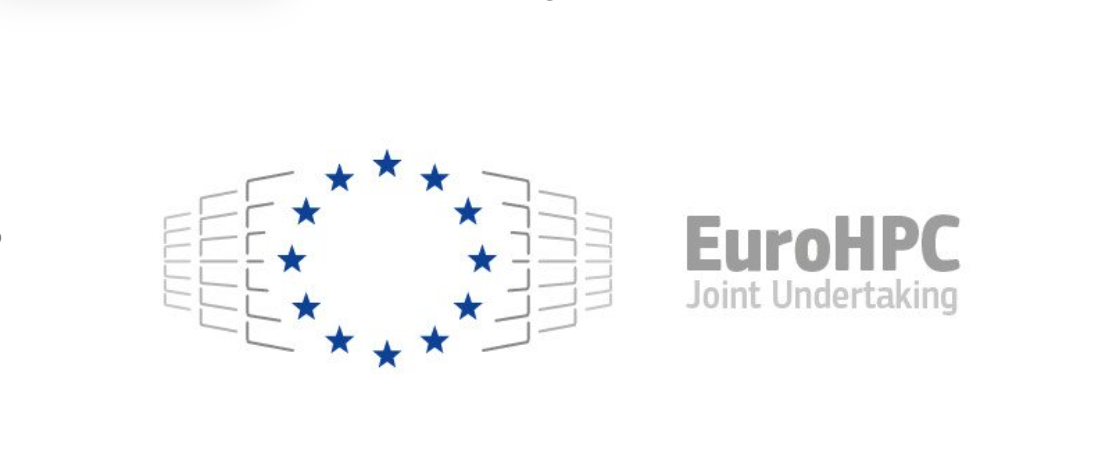Unleashing the power of parallel computing for large-scale constraint-based metabolic models
Challenge: Constraint-based Reconstruction and Analysis (COBRA) methods in metabolic modelling face limitations when dealing with massive problem sizes that require extensive computational resources. While parallelisable algorithms are not feasible for solving core mathematical problems, many metabolic analyses involve solving ensembles of models. The challenge lies in efficiently organising and optimising the parallel solving of these ensembles, including data transfers and task schedules. With models containing millions of chemical reactions and billions of model variants, finding a solution that effectively utilises hardware resources and provides scalable performance is crucial.
Solution: COBREXA.jl is a software package designed to address these challenges by enabling the analysis of large constraint-based metabolic models on high-performance computing (HPC) clusters. By minimising code implementation and optimising performance factors, it facilitates parallel solving of ensembles of problems. COBREXA.jl leverages the power of HPC to tackle simulations of complex bacterial community models, allowing researchers to explore metabolic flux variability and statistical properties. Benchmarks demonstrate the scalability and speed-up achieved with COBREXA.jl, offering a user-friendly approach to distributing computations across multiple nodes for efficient metabolic analysis.
Find further information about this example and other similar applications.
Source: ULHPC Demonstrators
.png?lang=en-US&ext=.png)

